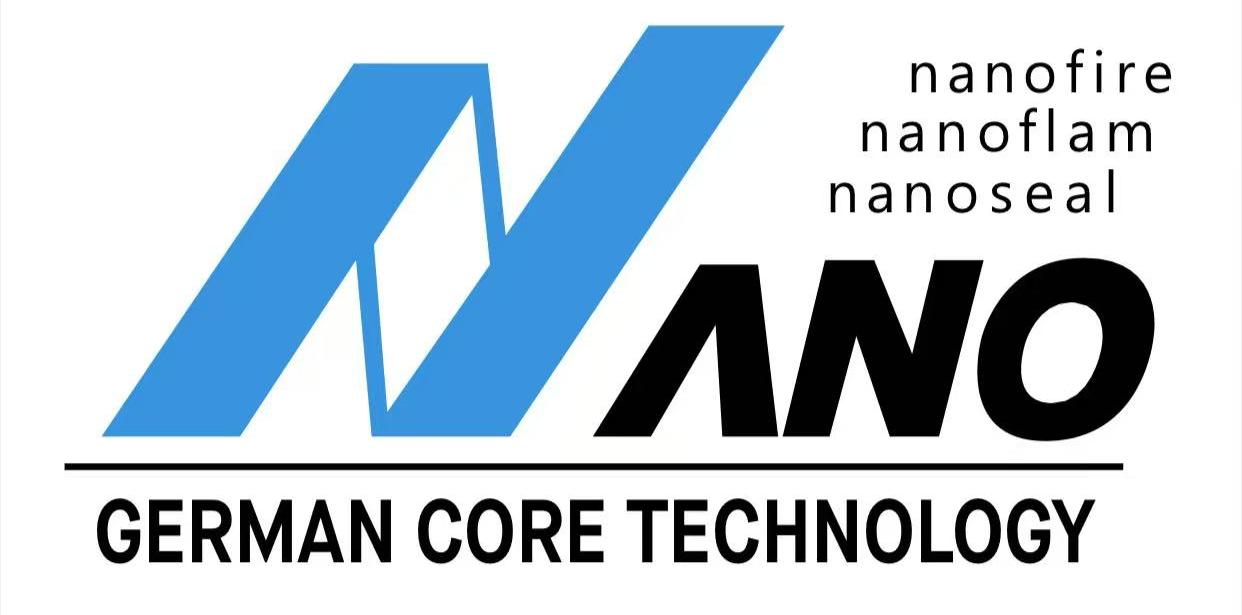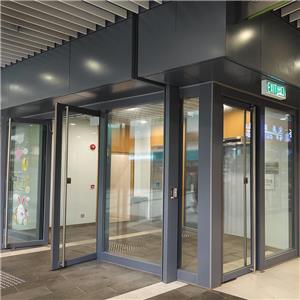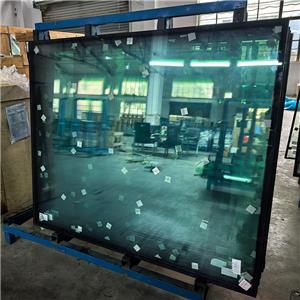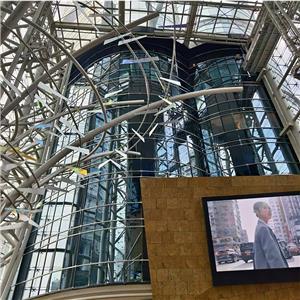Performance requirements for fire-resistant glass in buildings
1.Fire-resistant integrity
Under standard fire-resistant test conditions, the ability of a glass component to prevent flames and hot air from penetrating or flames from appearing on the back-fire side for a certain period of time when one side is exposed to fire.
2.Fire-resistant heat insulation
Under standard fire-resistant test conditions, the ability of a glass component to prevent the back-fire side temperature from exceeding the specified value for a certain period of time when one side is exposed to fire.

3.Fire-resistant time limit
Under standard fire-resistant test conditions, the period of time from when a glass component is exposed to fire to when it loses integrity or heat insulation requirements.
4.Implementation standards for fire-resistant glass in buildings
The implementation standards for fire-resistant glass in buildings should comply with the policies of various countries and localities.
5.Resistance to radiant heat:
The capacity of fire-resistant glass to withstand the heat flux transmitted through radiation, limiting the temperature increase on the non-exposed side, ensuring occupant safety and maintaining structural integrity.
6.Structural stability:
The requirement that the glass maintain its form and strength under elevated temperatures, allowing it to serve as a protective barrier during a fire without deforming or shattering.
7.Sound insulation: In addition to thermal insulation, some fire-resistant glass also provides acoustic resistance, reducing noise transmission across the fire-break, enhancing overall building comfort.
8.Thermal break: Fire-resistant glass helps maintain a thermal break, preventing the rapid transfer of heat between rooms, which contributes to reducing fire spread and increasing fire compartmentation.
9.Ease of installation and maintenance: The design of fire-resistant glass should consider factors like compatibility with existing building structures, ease of installation, and long-term maintenance requirements without compromising its fire protection capabilities.
10.Fire rating labels: Compliance with international fire rating systems (e.g., UL, NFPA, or CE) ensures that the glass meets specific performance criteria and can be clearly identified by consumers and authorities.
11.Innovative technologies: Advanced fire-resistant glass may incorporate intumescent coatings, composite materials, or advanced manufacturing processes to enhance its performance and adapt to future safety regulations.




